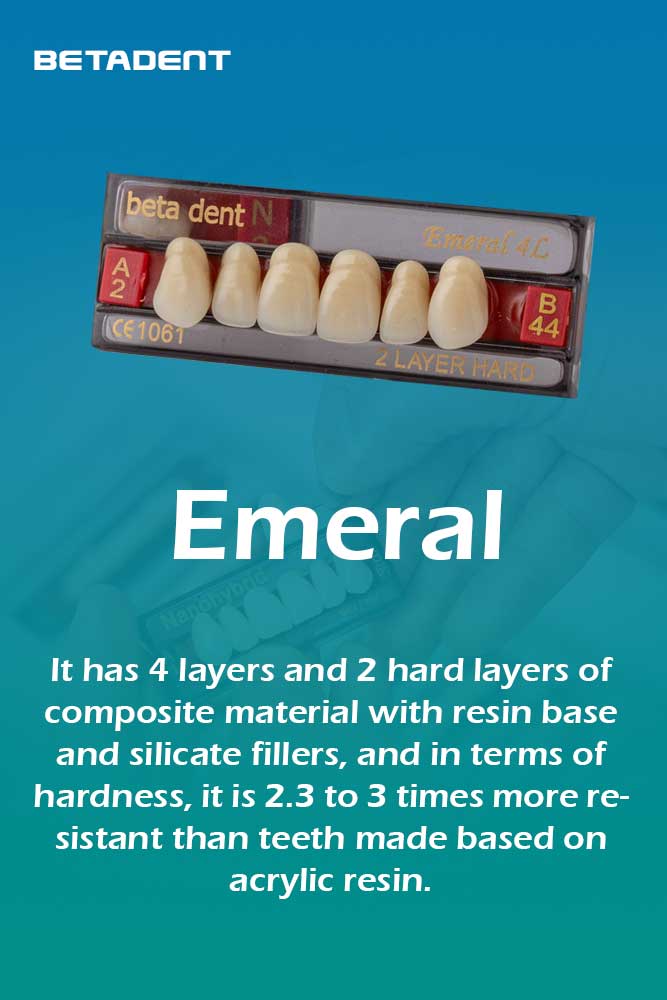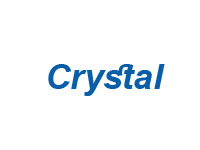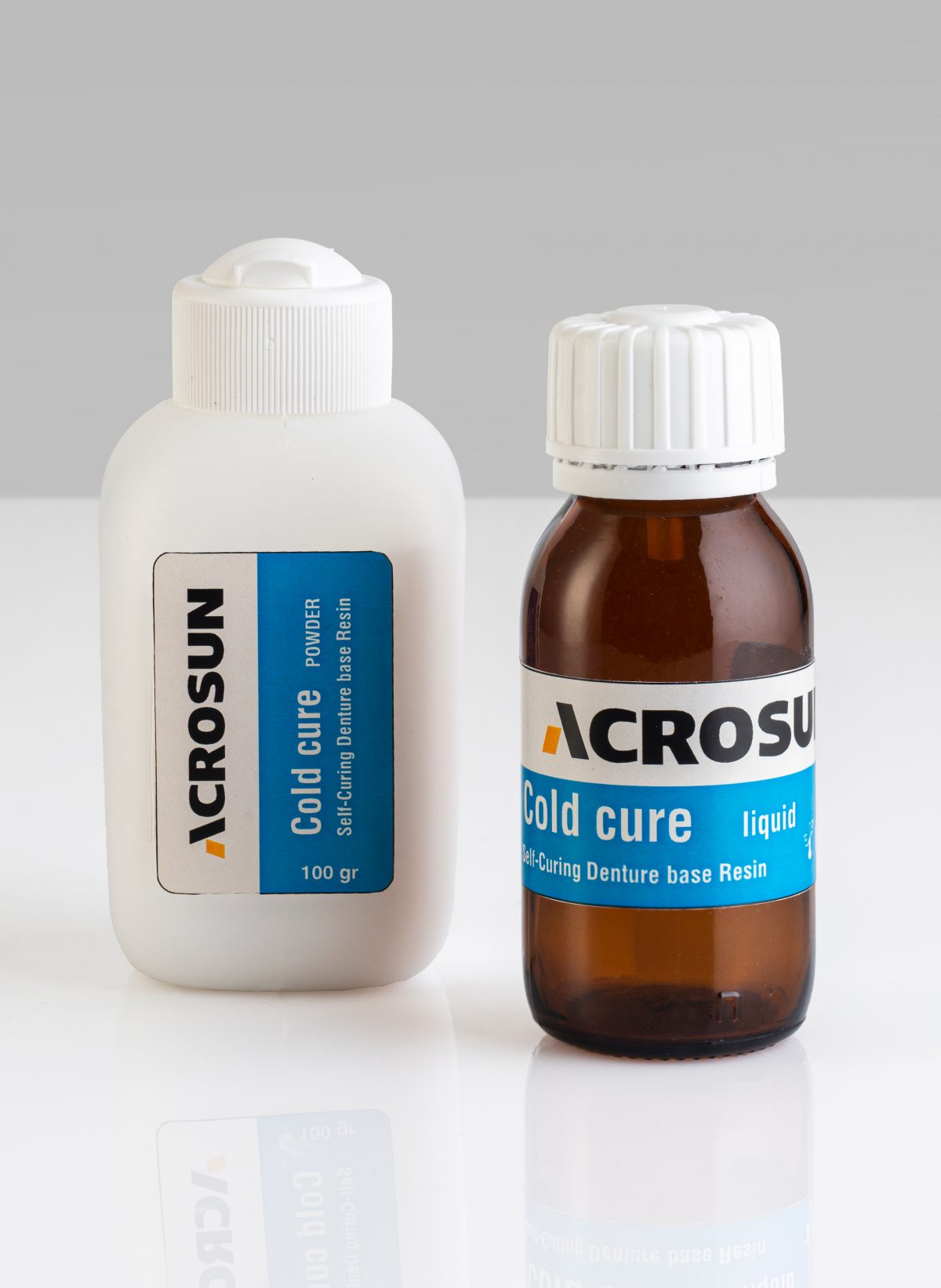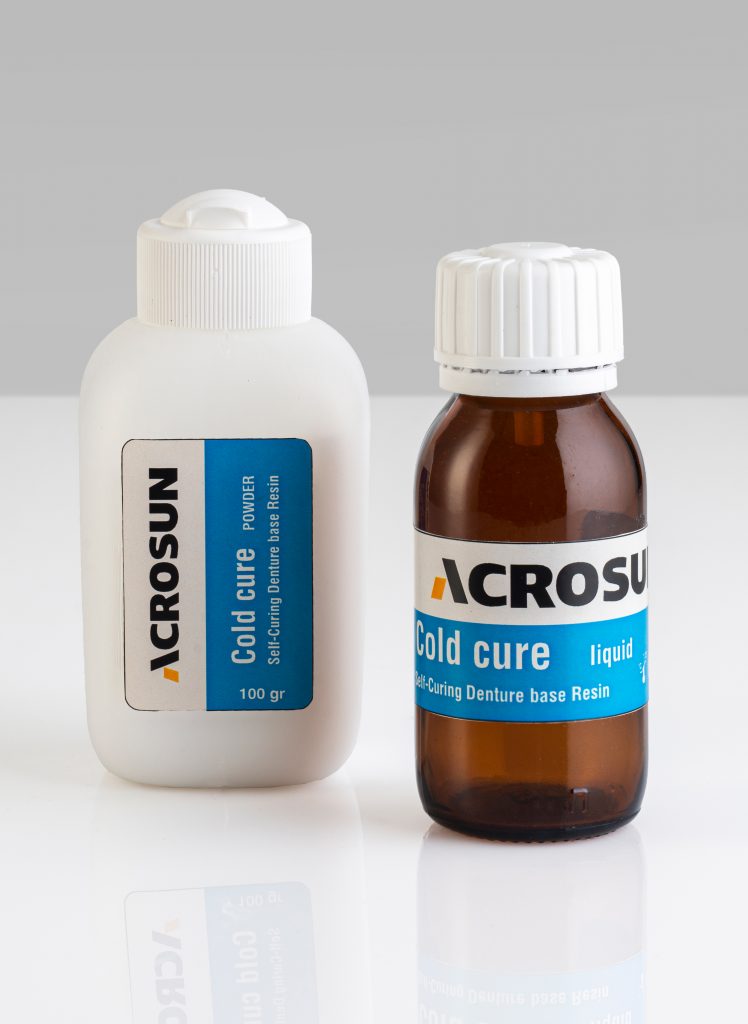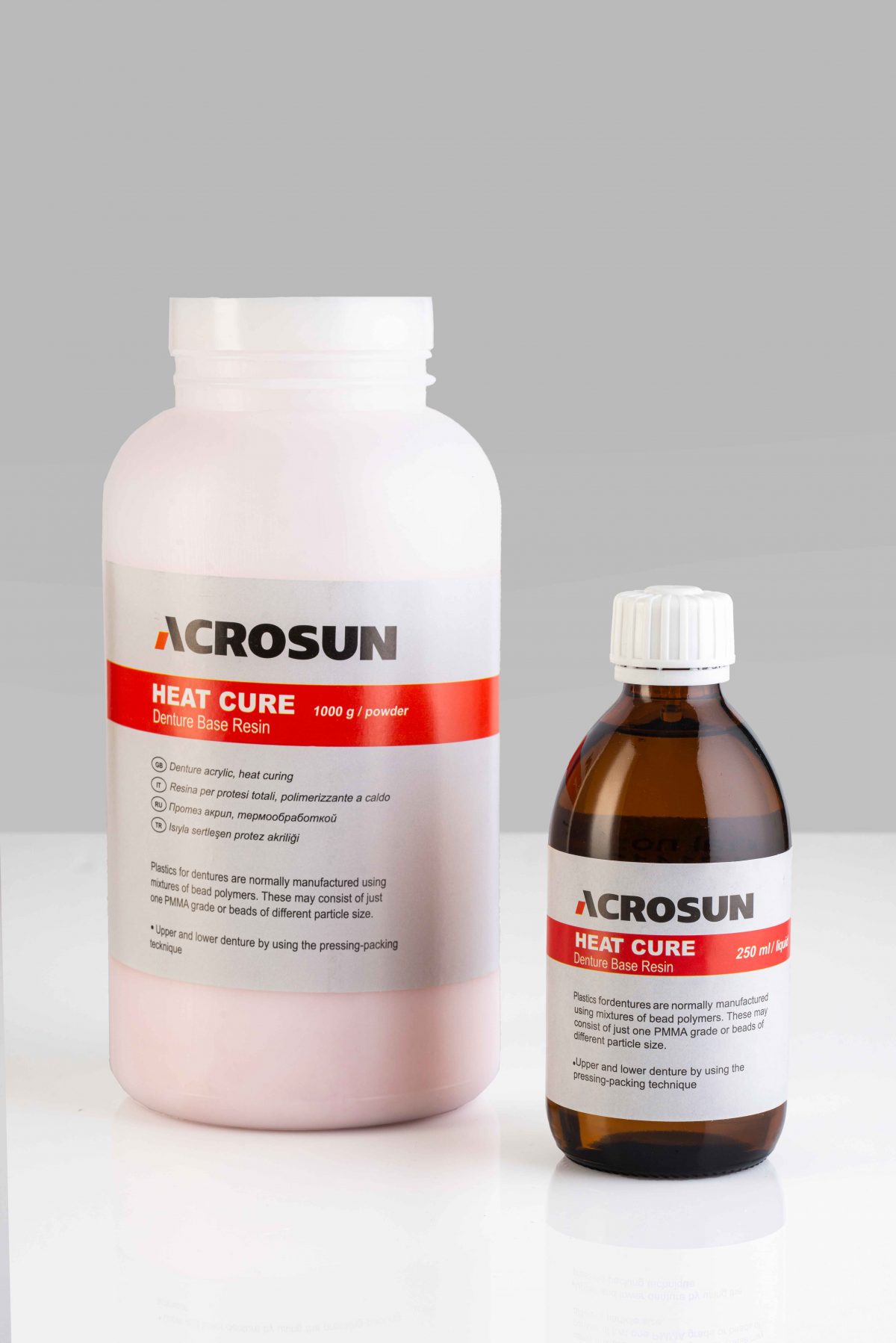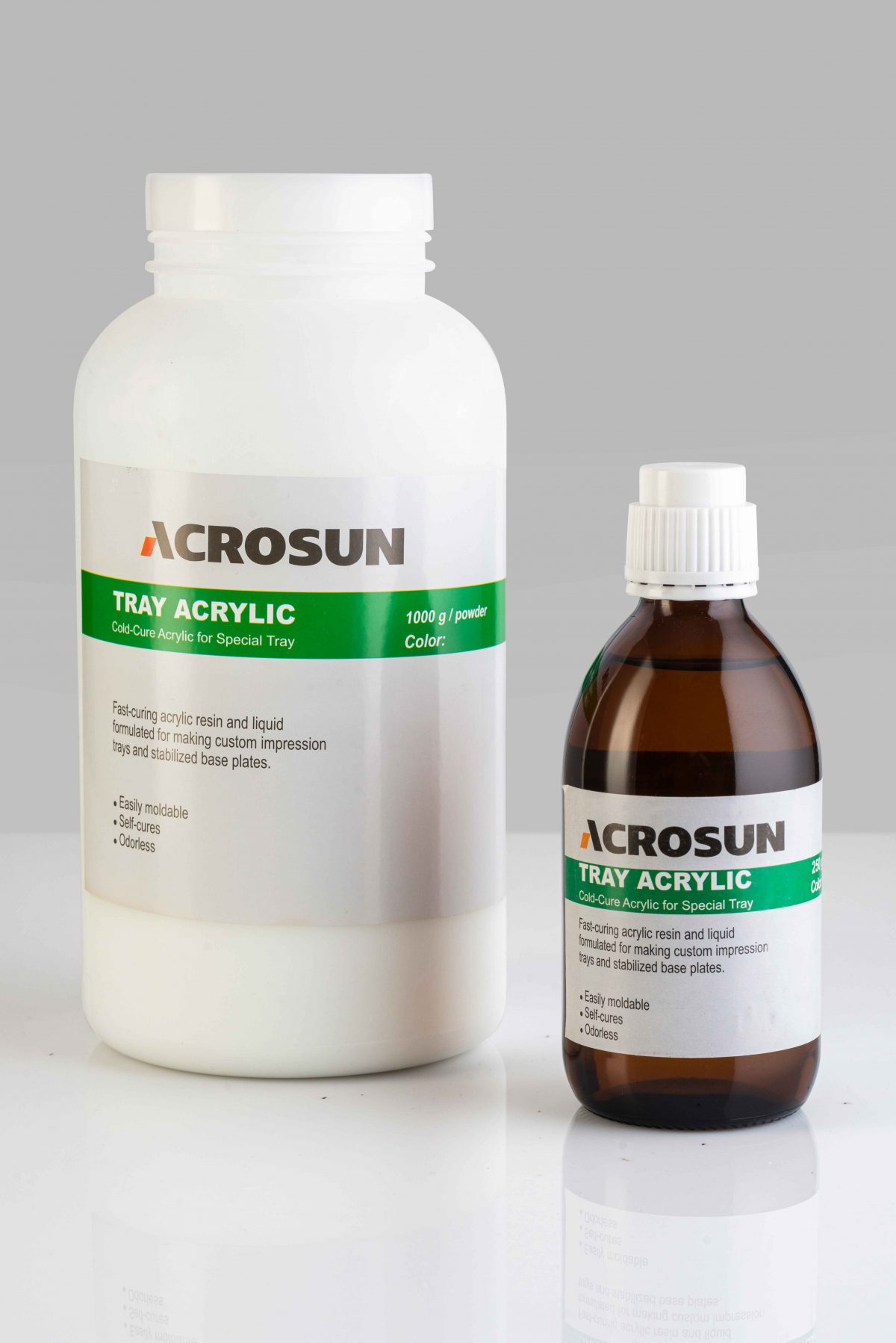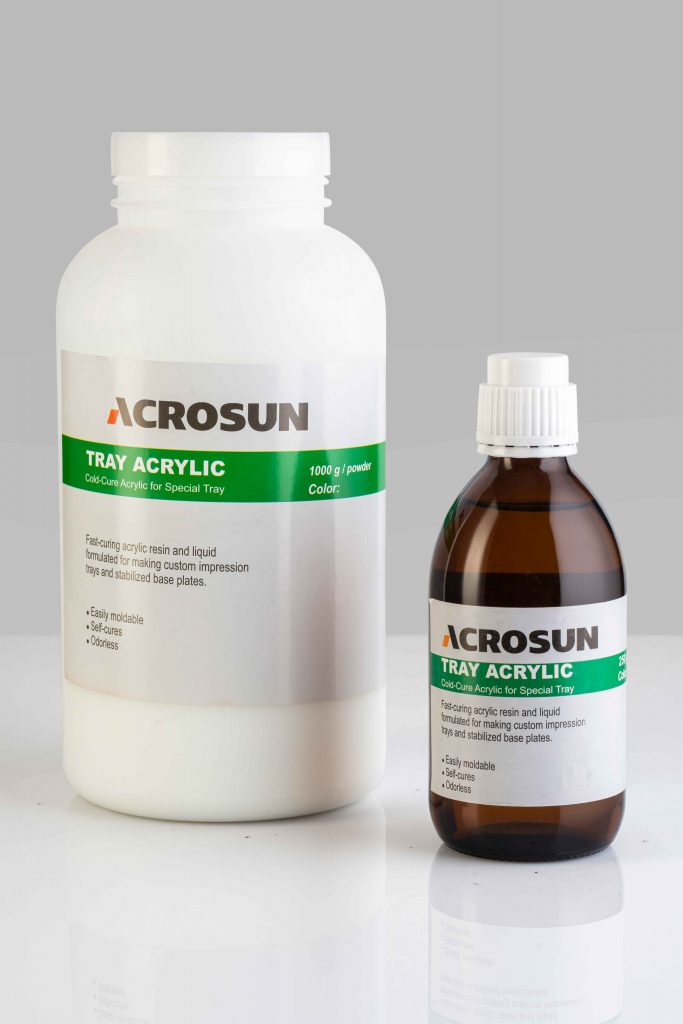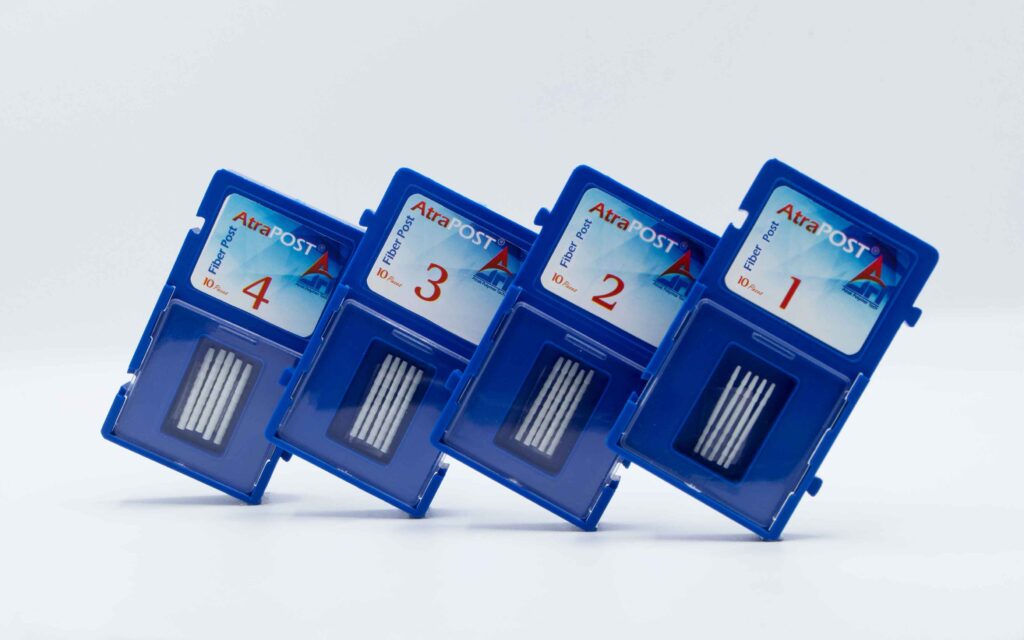
Dental Fiber post - Atra POST
Composite posts are used in dentistry to strengthen the structure of teeth that have undergone endodontics treatment.
After denervation and evacuation and preparation of the root canal the composite posts are inserted into the canal with adhesive cements and form the basis for placing the dental veneer or making the tooth with a
Restorative composite.
Atrak Polymer Tech Co. has marketed its composite fiberglass posts under the brand name of Atra Post.
Atra Post is composed of an epoxy polymer matrix as well as reinforcing glass-fibers. In these post, the glass fibers are stretched longitudinally through the pultrusion process.
Atra Post also includes a stainless steel filament to provide better visibility in the radiographic images.
Atra Post is available in 5 size
Important points
- Be careful in preparing the post space to prevent unwanted weakening of the dentin structure and tooth roots.
- To provide sufficient retention in the post and core fabrication, it is desirable that the post descends at least two-thirds of the length of root canal.
- It is recommended to keep at least 3 to 5mm of root filling in the apical part to have a proper seal.
- Cut the Atra Post with a dental drill under running water. Do not use scissors or pliers for cutting.
- Use a mask and glasses (goggles) to prevent particles from being inhaled and entering the eyes during cutting.
- It is not necessary to keep Atra Post in the refrigerator
General product specifications
- Sizing: 1-2-3-4
- Package count: 10 pcs
Structions
- Examine the bone structure, dimension, and number of root canals according to clinical examinations and radiographic images.
- Perform the root canal treatment steps.
- Use the appropriate drill to provide the cavity needed to place the Atra
- Select Atra Post according to the desired canal space. The dimensions of the post must exactly match the drilled canal.
- Place the post in the prepared space and after sizing. Cut the excess with a diamond bur with water as coolant.
- Clean the prepared Atra Post with alcohol, dry and place it in the canal using suitable cement and keep it until the cement hardens.
- Remove the excess cement.
- Rebuild the lost tooth structure with a suitable restorative material (Core build up).
- Having molded the crown, place and fix it on the prepared core using a suitable cement.

 arabic
arabic  فارسی
فارسی  Turkish
Turkish 






